The most striking part of this evergreen tree is the brilliant big white flowers and the contrasting red fruits hanging on the tree. I noticed Naga Sampige tree for the first time in the temple of Agoreshwara in Ikkeri, Sagar Taluk. A local selling yelakki balehannu / banana and baby pineapples helped me identify the tree as Naga Sampige (Kannada).
Plant Summary:
This tree is known as Ceylon Ironwood, Indian Rose Chestnut, Penaga Lili and the botanical name is Mesua Ferrea of Clusiaceae* family. It is the national tree of Sri Lanka and it is known as the “Naa” tree. A Naa trees forest named as “The National Ironwood Forest “spread over 238 acres was created by King Dappula IV in the 8th century AD in Ulpotha village, 138 kms from Colombo. In India it is found in moist evergreen forests of Agumbe and Sirsi region in Karnataka and in Assam.
The most attractive part of the tree are its fragrant flowers, which is used in making perfumes and cosmetics. The wood of this tree is hard and used for rail sleepers and for fuel.
The tree is usually buttressed at the base and grows to a height of 15 to 20 meters. The leaves are simple covered with wax 7 cm to 14 cm with a whitish underside and the new leaves are pink. The flowers are striking with a prominent yellow center with many stamens. The flowers are 3 to 7.5 cm in diameter with four petals.
The fruits are red, ovoid with 1 to 4 seeds. The bark is grayish or sometimes reddish-brown, with a smooth texture. The blooming season is from May to June and I was lucky to find the tree in bloom in end of August. Maybe the tree blooms throughout the year the best being in May to June. Due to the fragrant flowers and bright fruits, it attracts many guests like bees, butterflies and birds.
The propagation is either by seeds or cuttings. The seeds are collected in the month of august – September and before sowing the seeds are soaked in water for 24 hours.
Medicinal Use:
Most parts of the tree have medicinal value, which are used in Ayurvedic medicines as anti fungal, antibacterial and anti-inflammatory. The leaves are used to treat snakebites. Flowers are used to stop bleeding, dysentery, cough, fever, indigestion, vomiting etc.,
* The Clusiaceae family of plants is tropical and includes 37 genera and 1610 species of trees and shrubs often with milky sap and fruits or capsules for seeds.
Other uses:
Naga Sampige flower is offered to Lord Ganesha during the 21 Pushpa Pooja while chanting the below mantra: “Om Gajaananaaya Naaga Kesarah Pushpam samarpayami”.
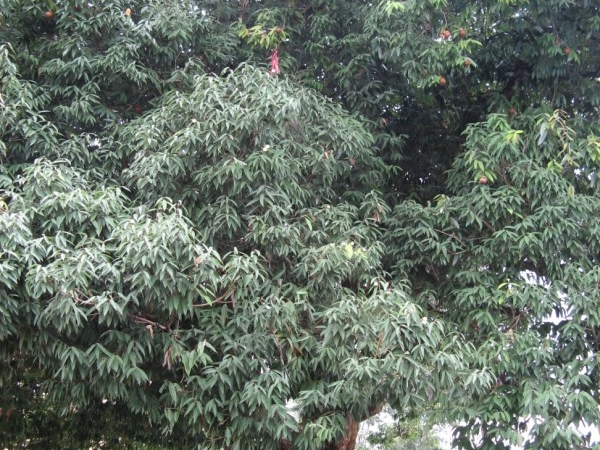
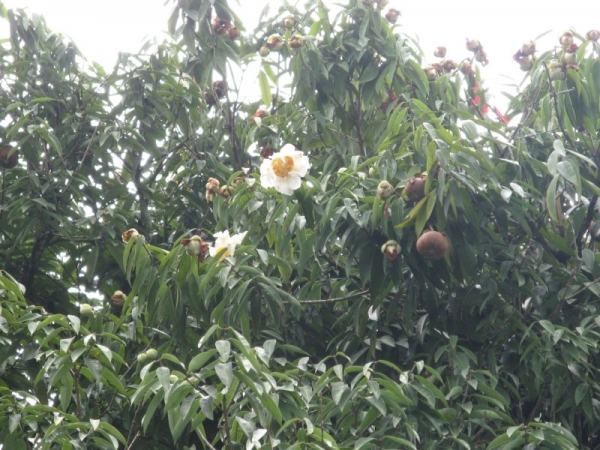
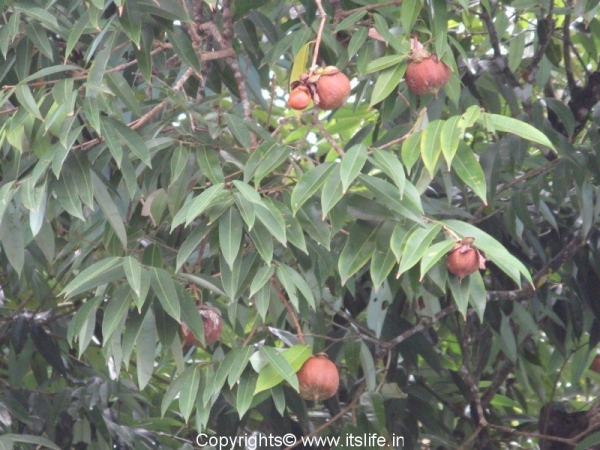
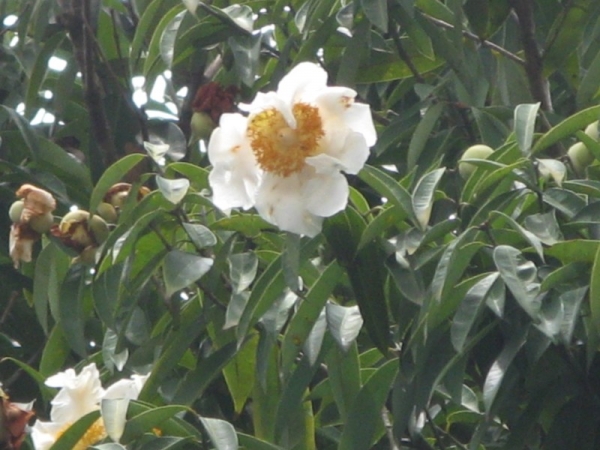
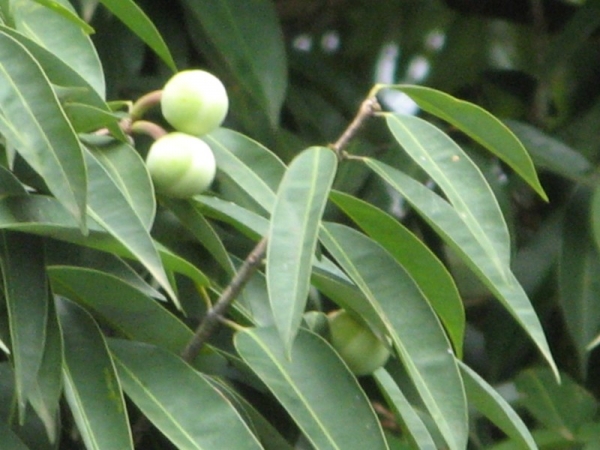
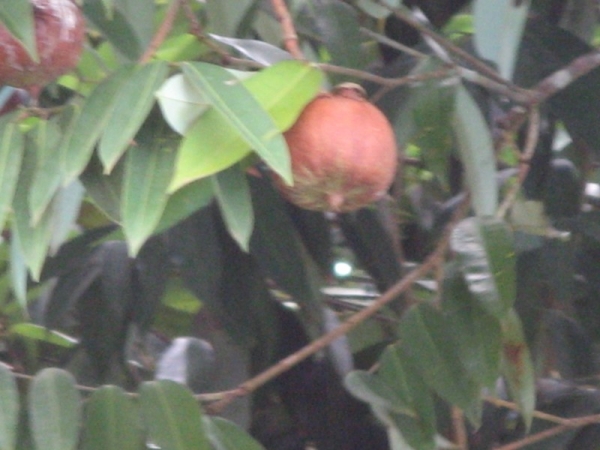
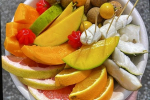
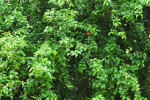
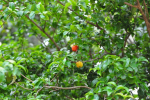
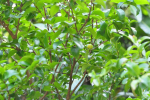
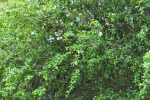
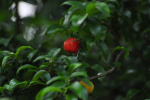
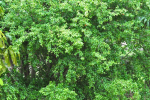

Underside of the leaves have a bright silver like shining, and the leaves do not get decomposed easily, even after a year or so. Thanks for informative story.
Welcome Subrahmanyam and thanks for the additional information.
Regards,
Shantha
The seeds are having oil contents and if we light the dry seed it will give lighting for 1 hour
Venky
9611104156
Hi Venkatesh,
Thanks for the valuable information.
Regards,
Shantha
This is not Bakula Pushpa. In kannada bakula is called as `pagade hoovu Ranjada hoovu or vajradanti. Botanical name for Bakula is `Mimusops elengi’. Nagasampige or nagakesara is different and its botanical name is `mesua ferrea’. What you have shown is indeed nagasampige tree only. You have photographed this tree from Ikkeri opposite to Aghoreshwara temple premises near sagara.
Thanks for pointing out the mistake. I have corrected the post.
Regards,
Shantha
Nagamaram Ayilyam nakshthrathintethano?
What the cost of dry naga sampige flower per kg . If any one knows please let me know
Wher is available in this plant
Where is available in this planet